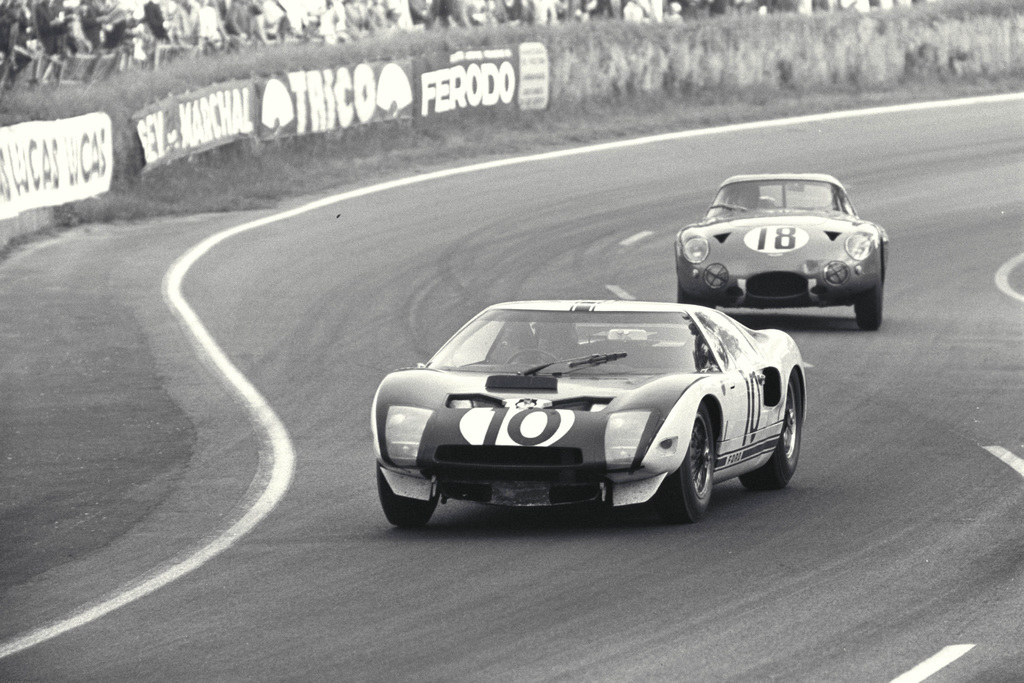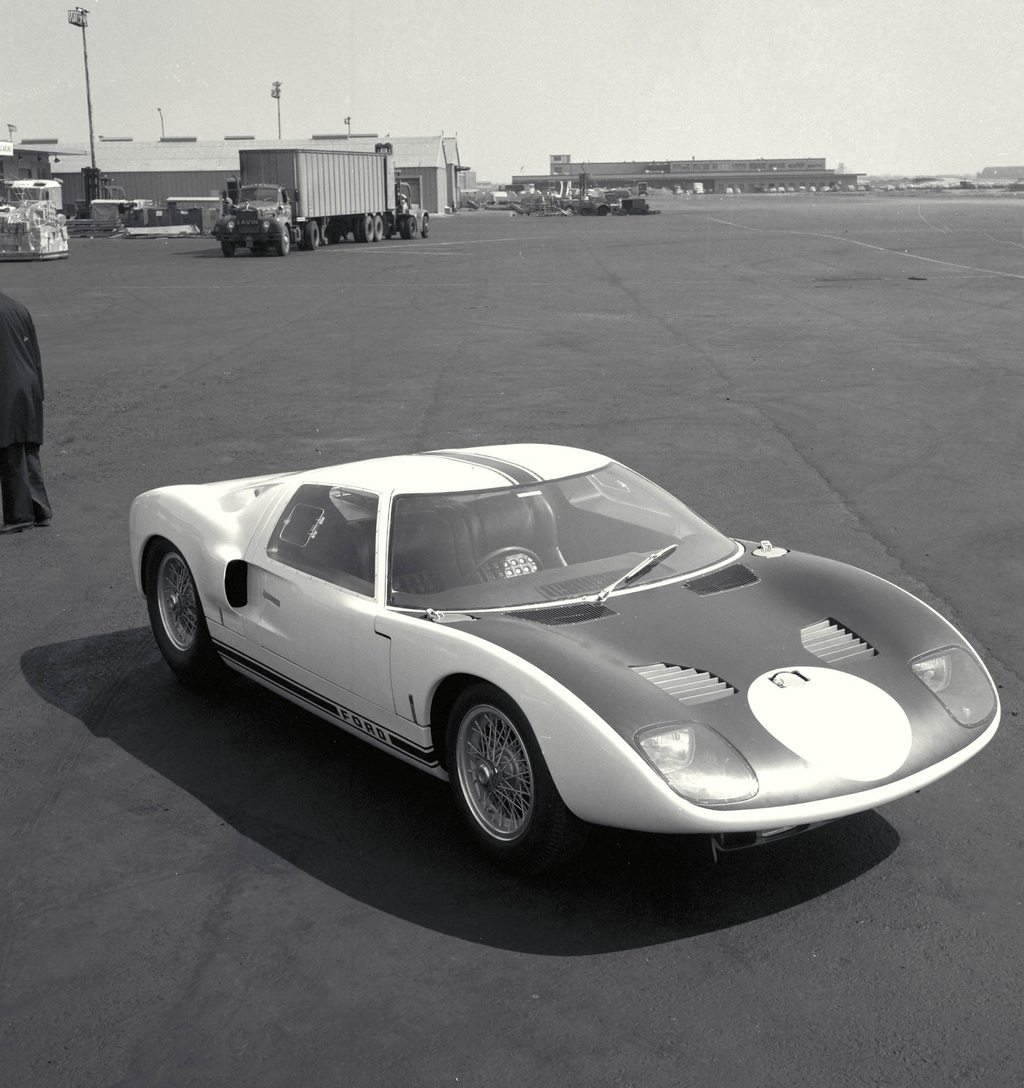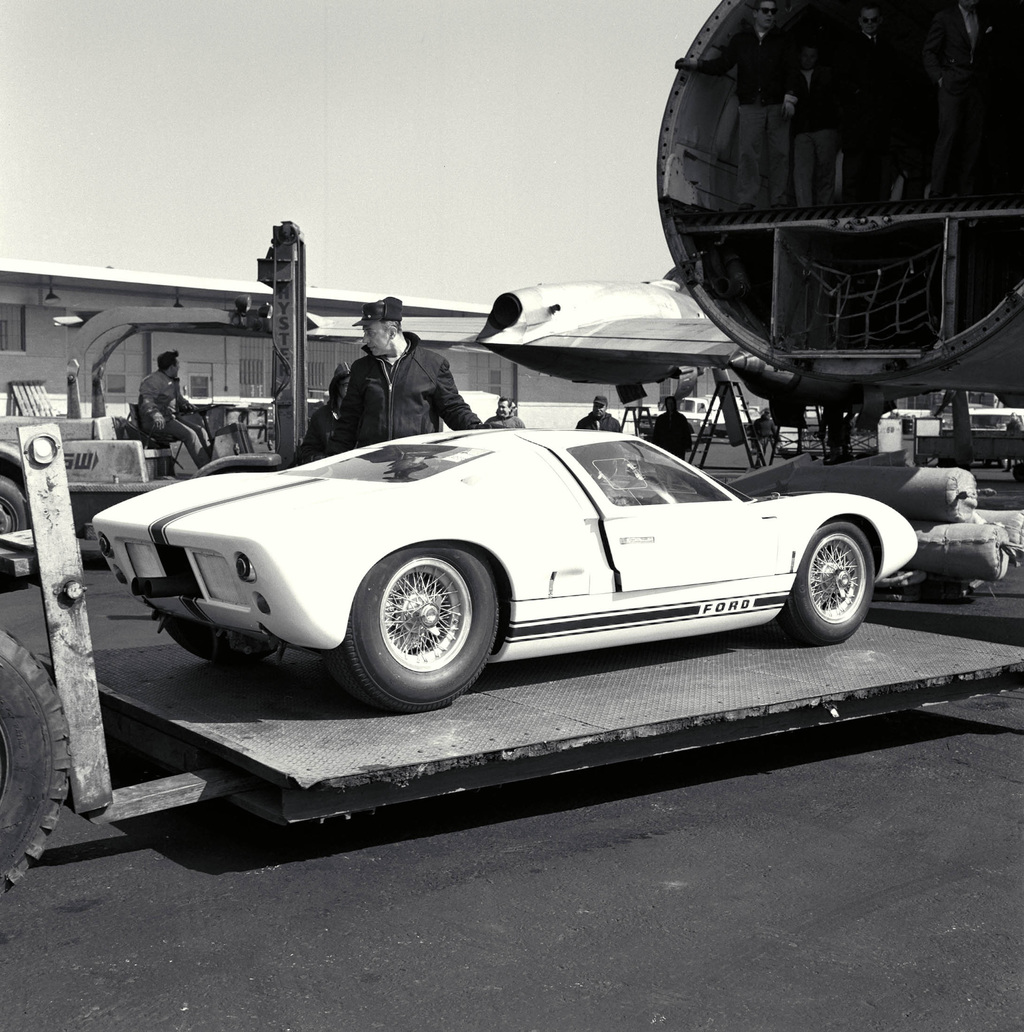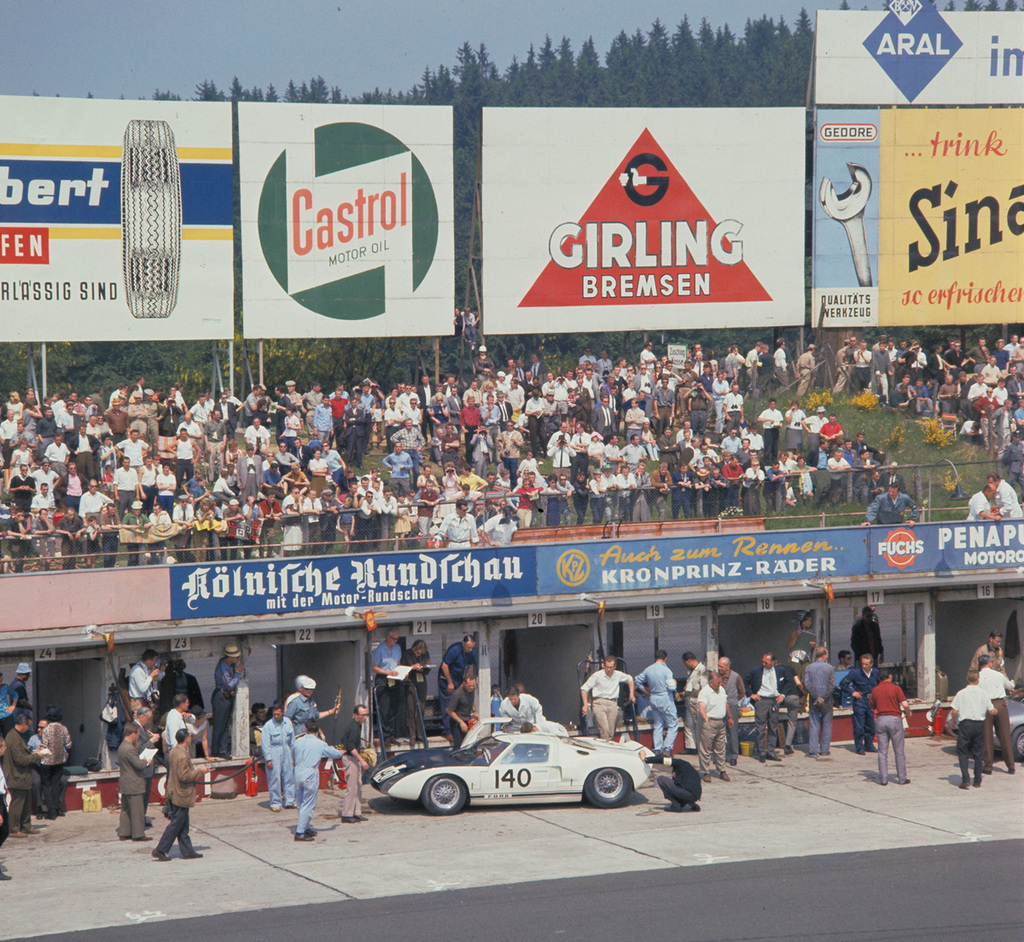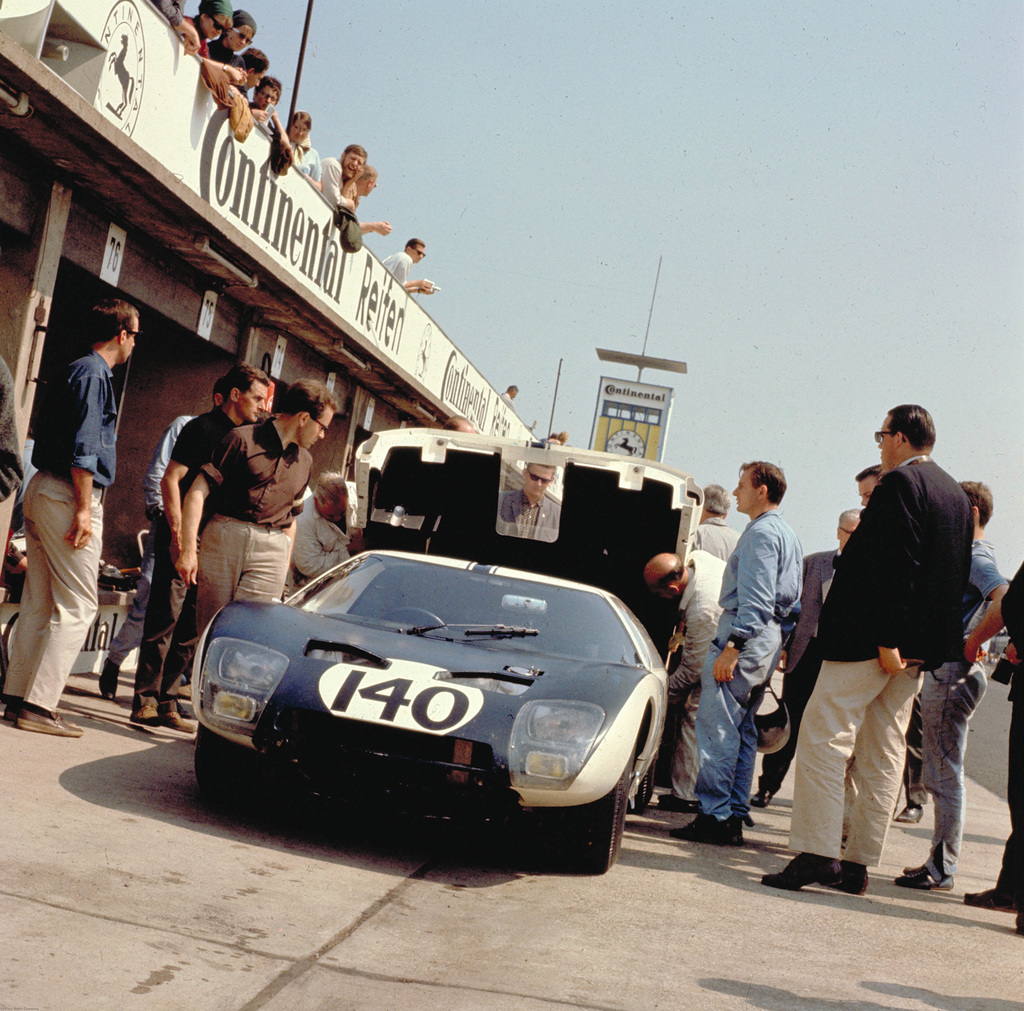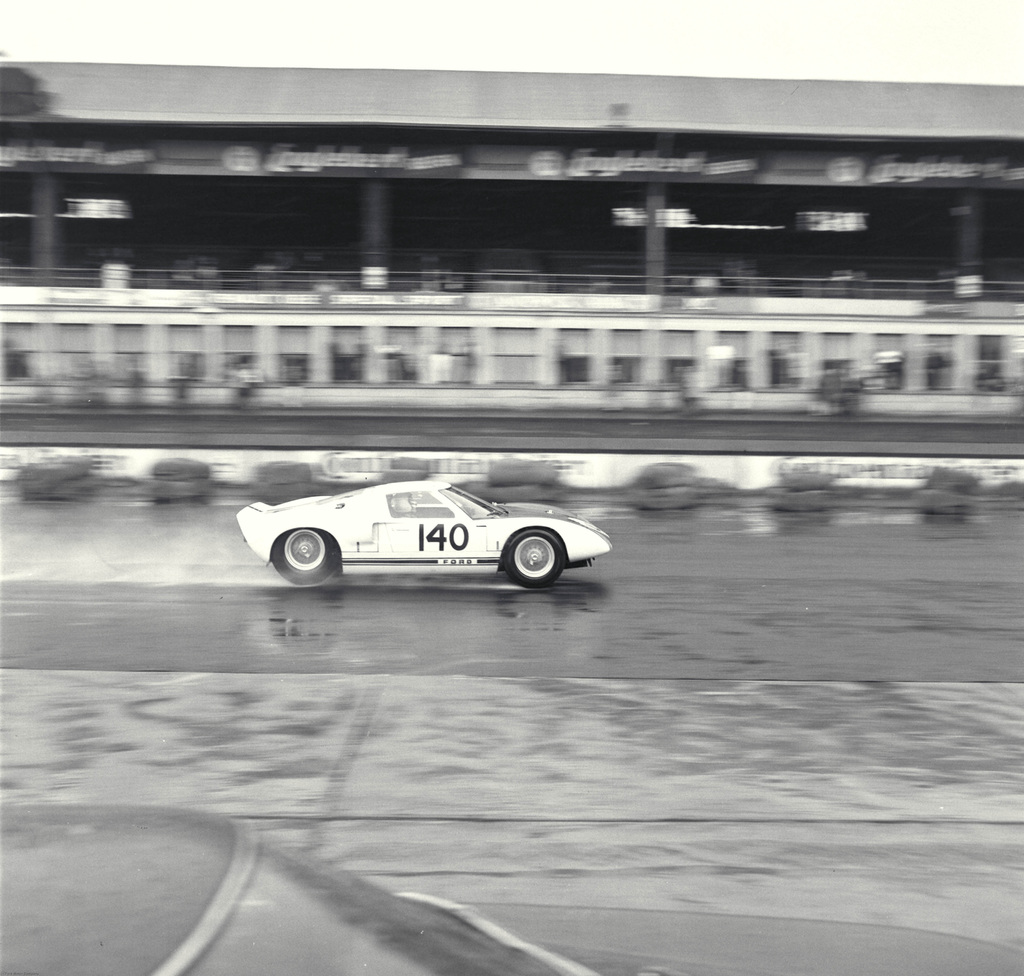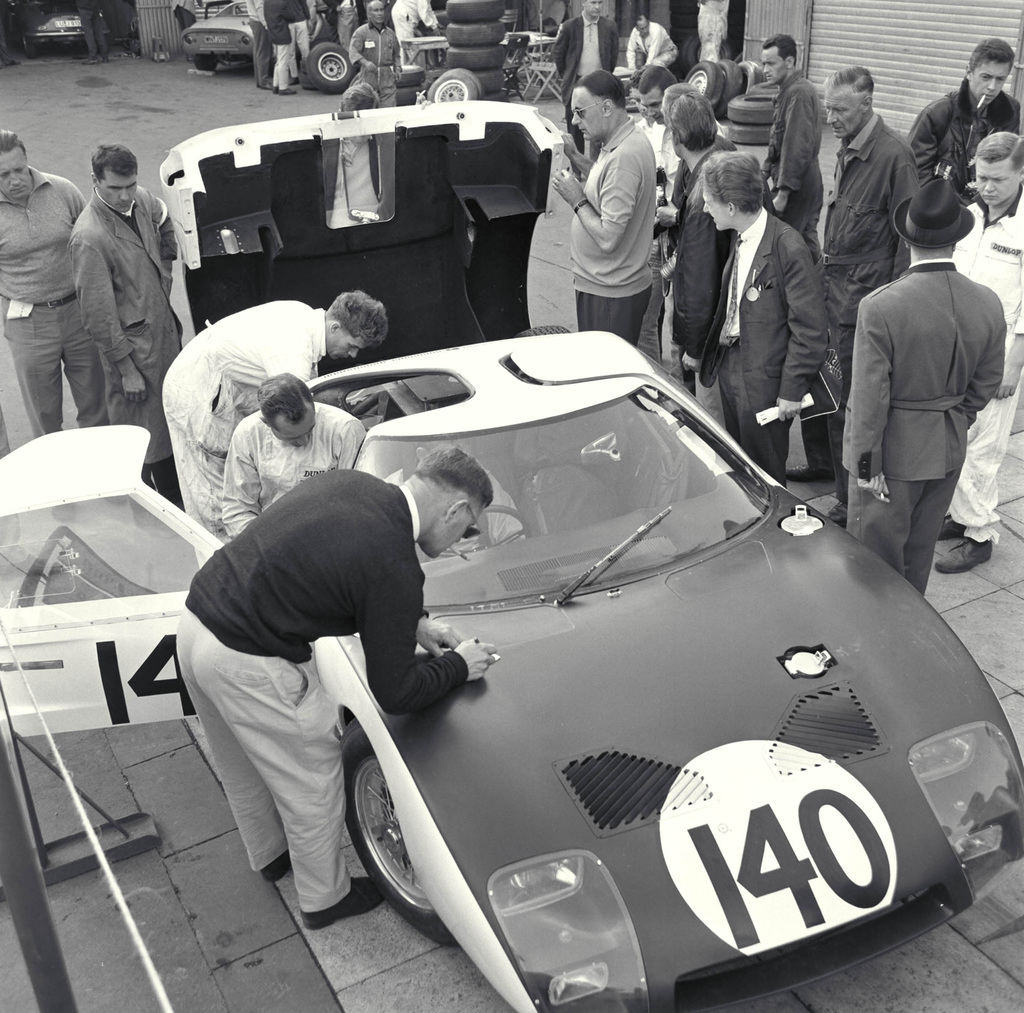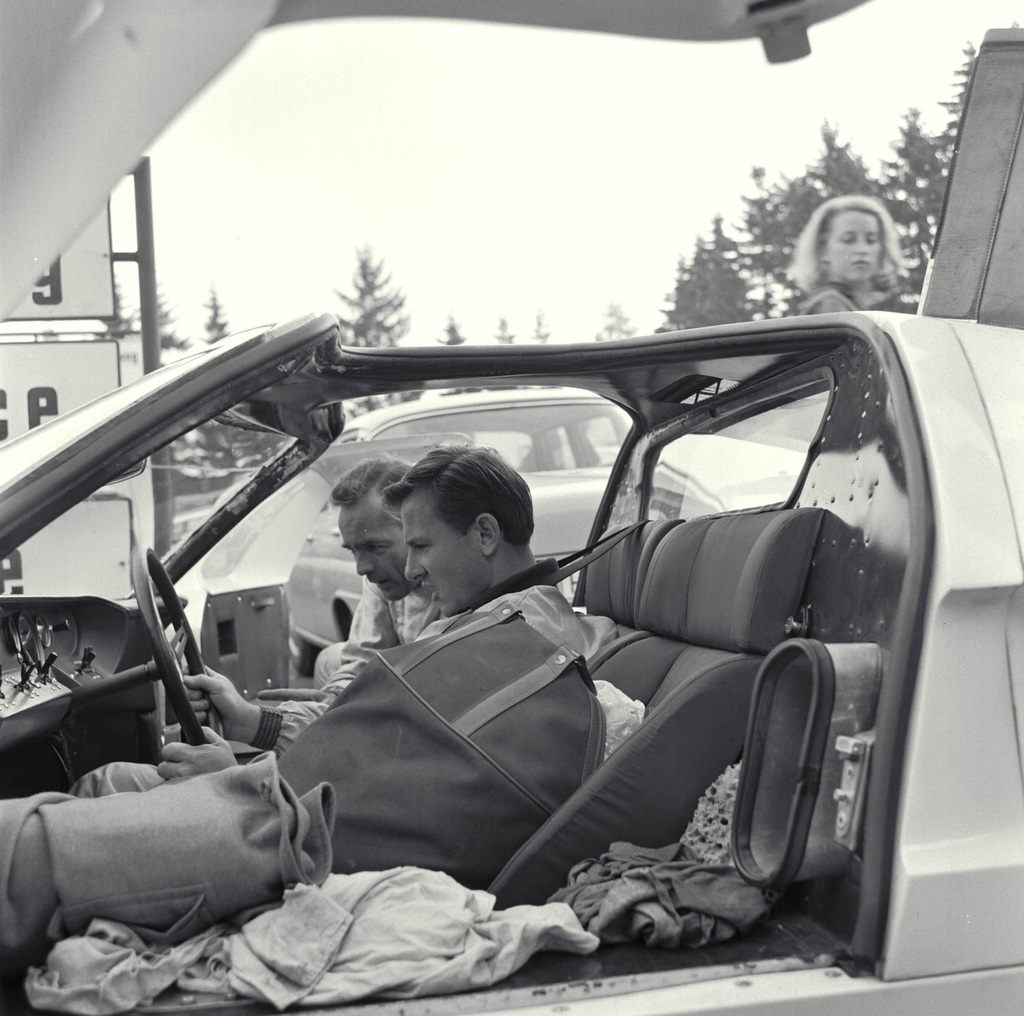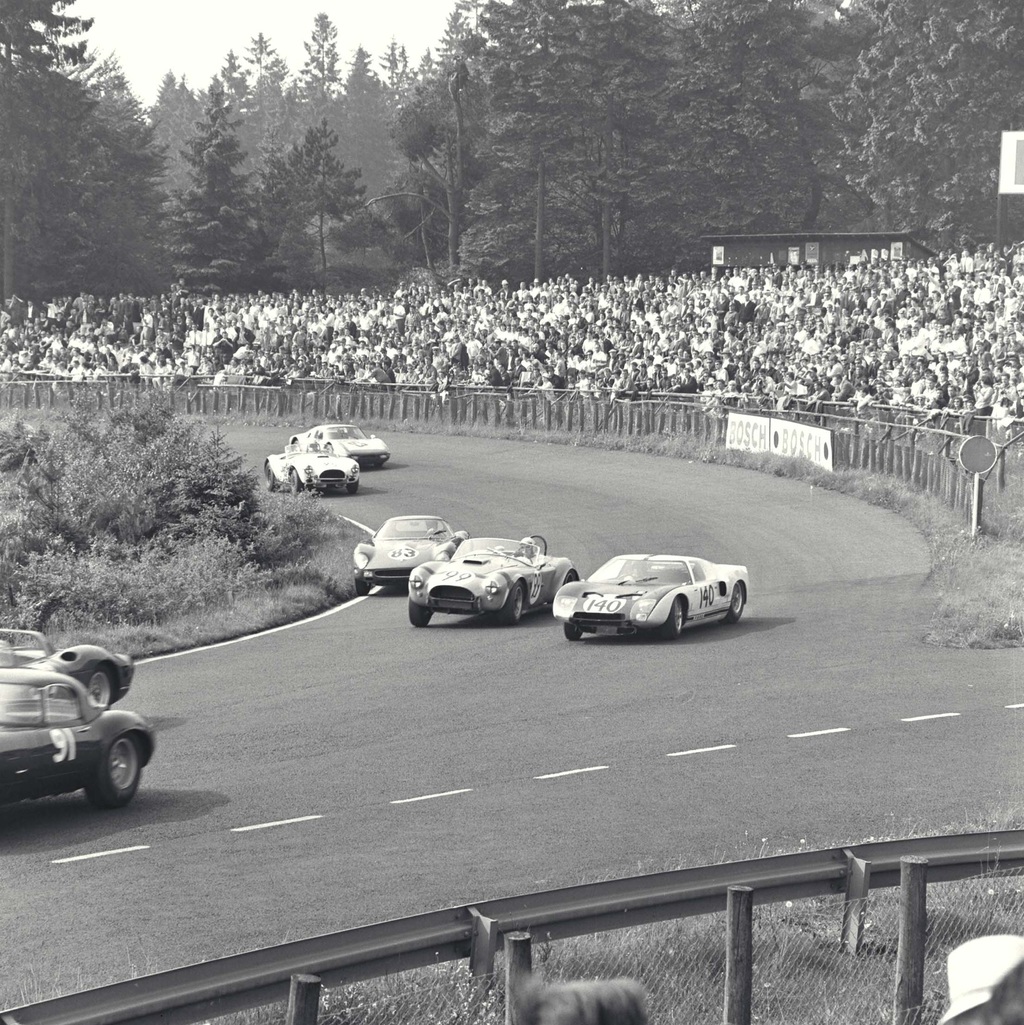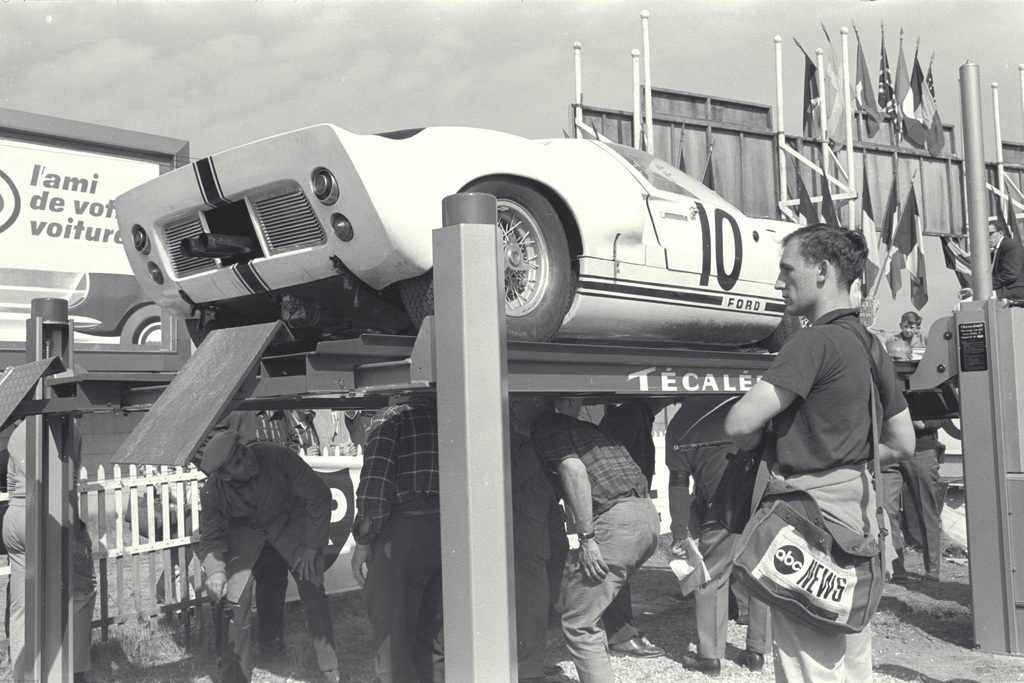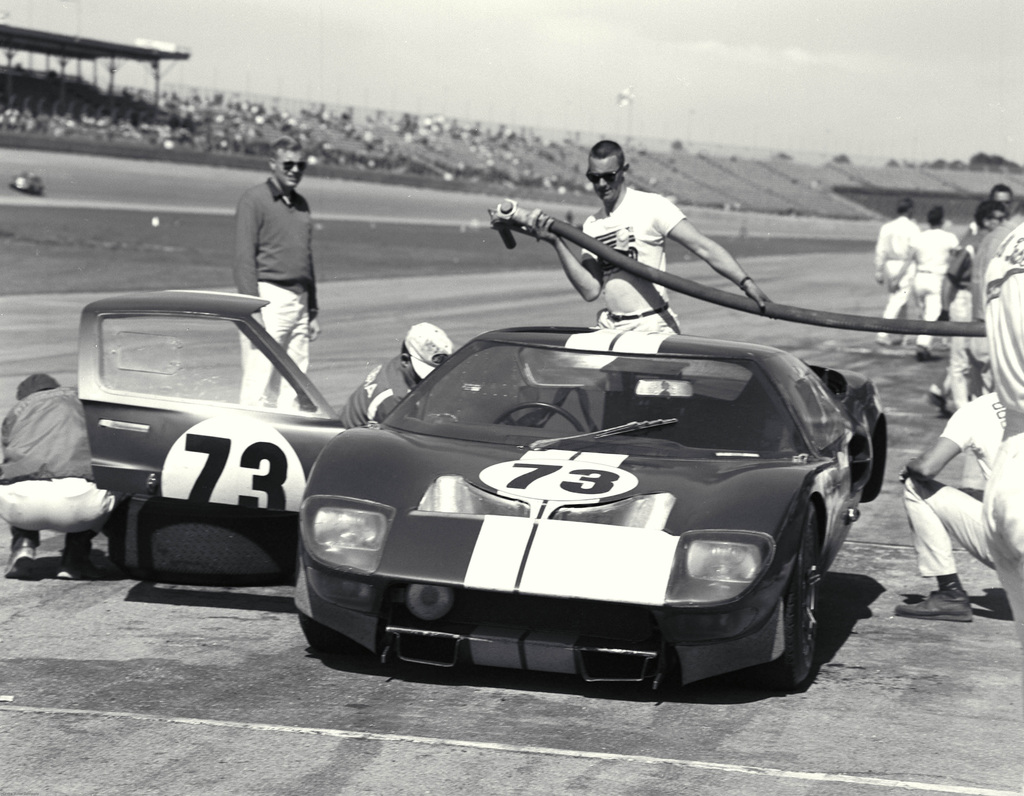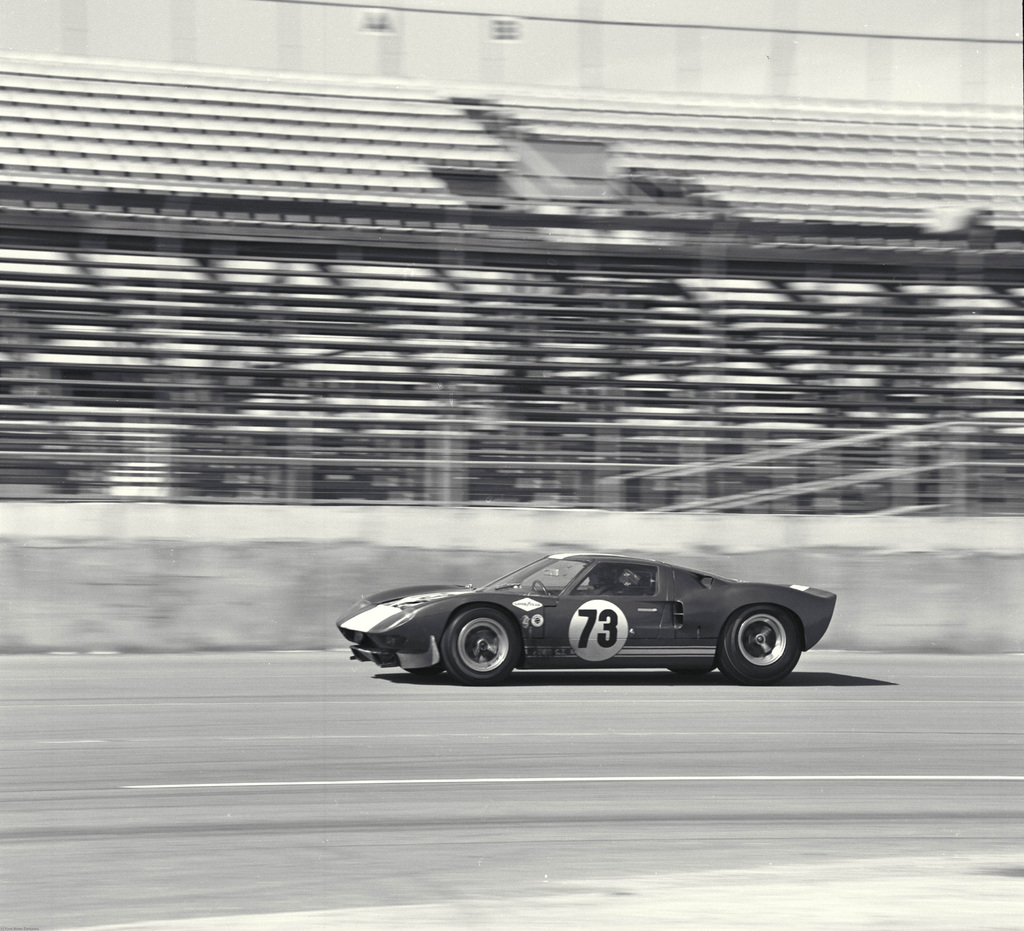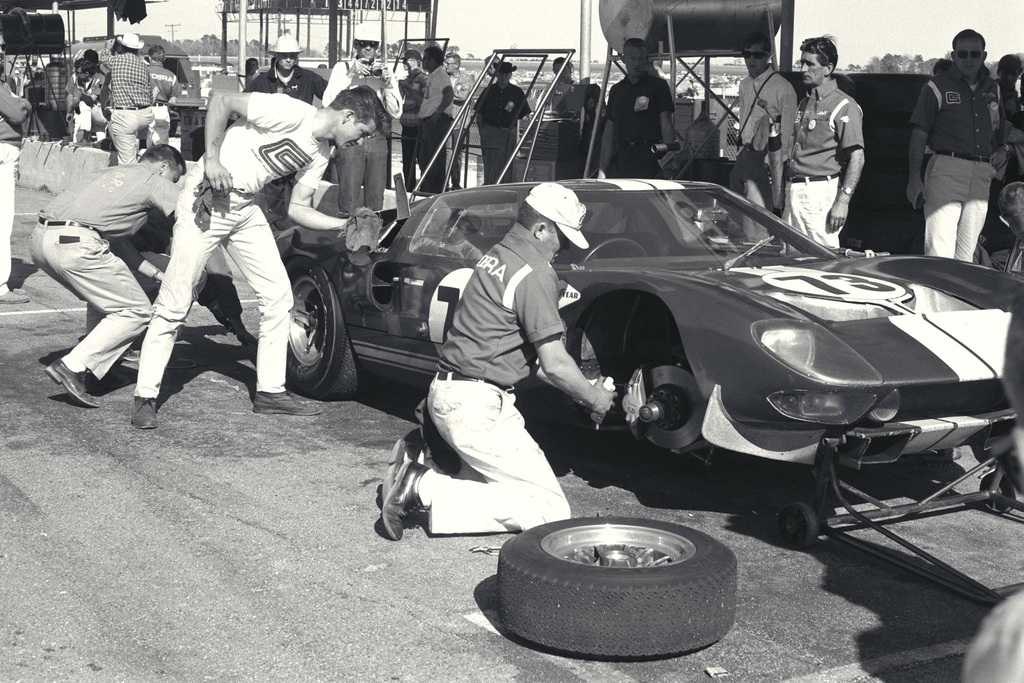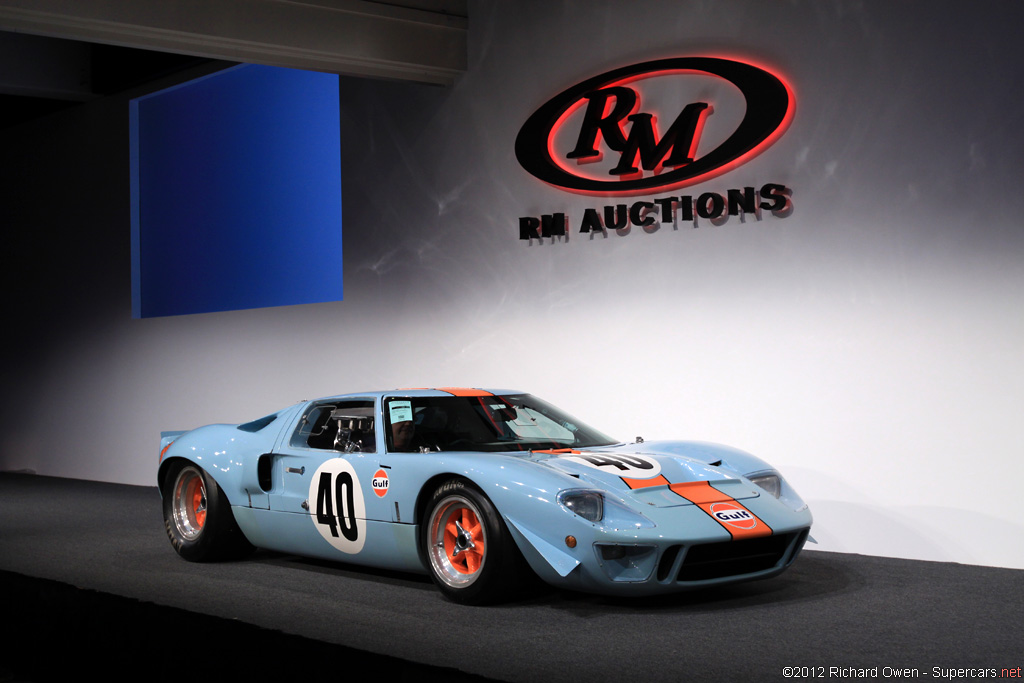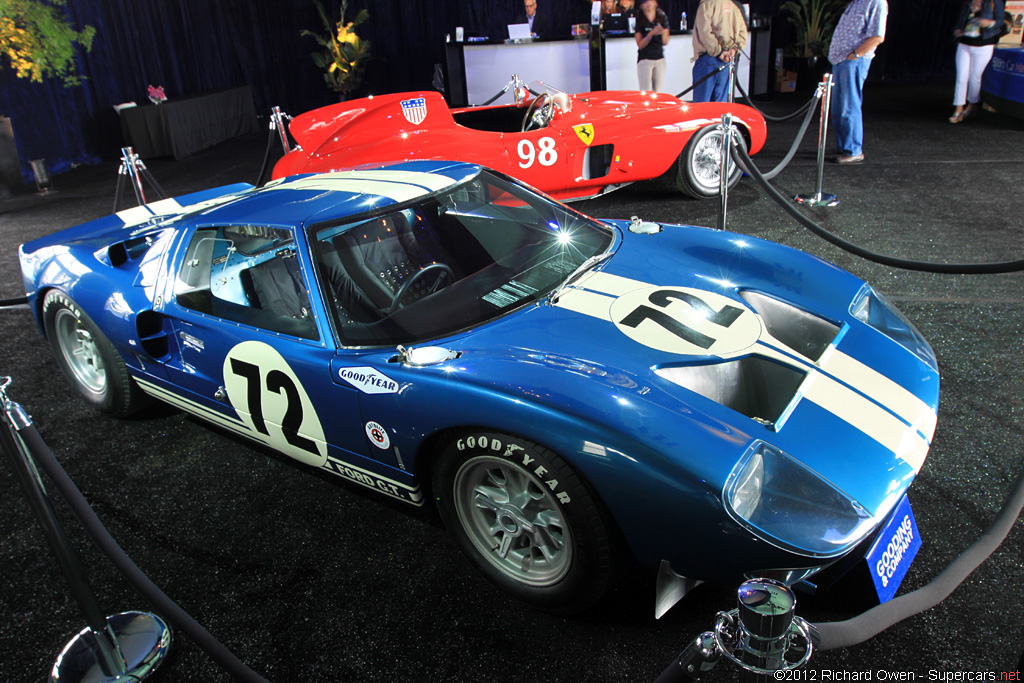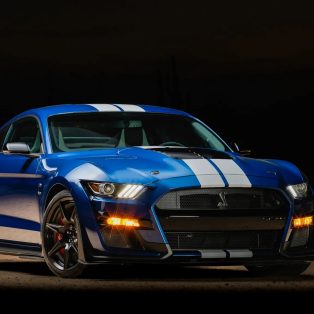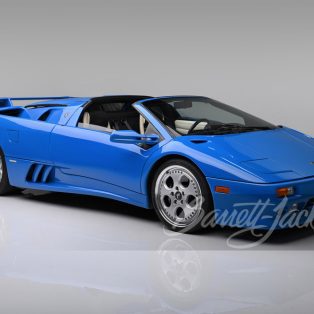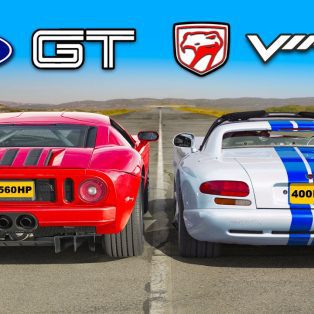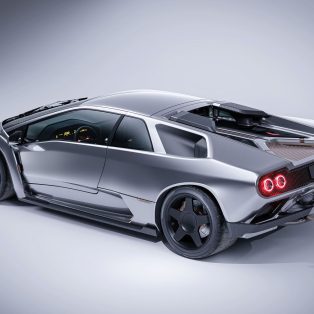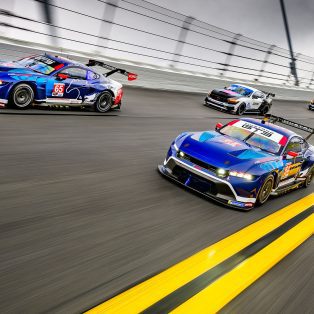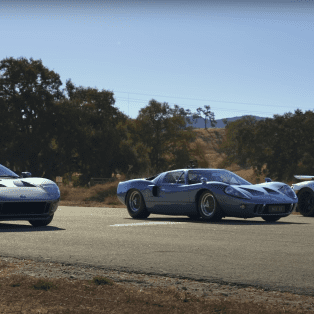1964 Ford GT40 Prototype
In the early sixties, Henry Ford decided that his company would brand its products with motoring performance by contesting international endurance racing, including the 24 Hours of Le Mans. Ford had already gained some experience in motorsport, providing Carol Shelby with power plants for his Cobra 427, but the new program would be the next step.
Ford’ first move towards their new goal was to purchase Ferrari but fortunately the Italian firm stood strong and remained independent. Thus began one of the largest and most famous rivalries in motor sport history: Ford vs Ferrari.
Ford’s challenge was to make a car fast enough to overcome the Ferrari 275P and later 330 P3. They started with the 1964 Ford GT, a well funded prototype, which would become the legendary GT40 a year later.
Two Cars Were Directly Related to the Ford GT.
The 1962 Ford Mustang I Concept showcased Ford’s early idea of a Le Mans racecar. Roy Lunn and Len Bailey were responsible for the development of this show car which stood as a prelude to the large motor sports campaign which would follow. Lunn later searched for companies, beyond Ferrari, to make a car embodying the Mustang I’s concept.
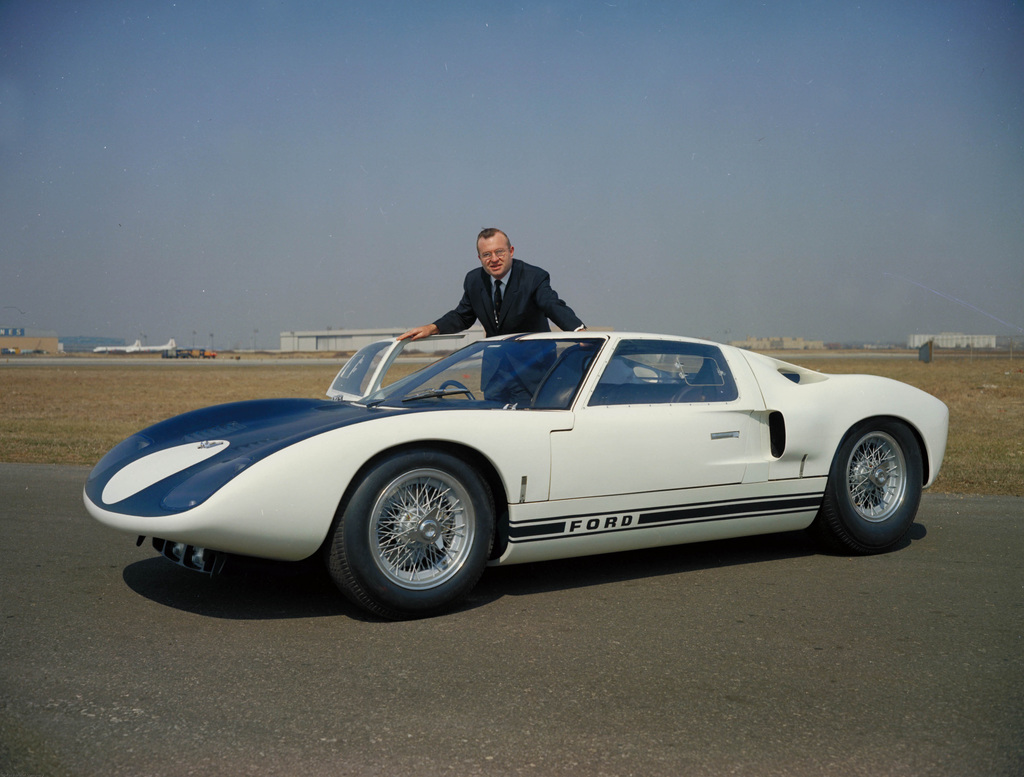
A separate entity within Ford called Kar Kraft was managed by Lunn to overlook the Ford GT program. Kar Kraft negotiated the deal with Eric Broadley to develop a Ford version of his promising Lola Mark 6. Together, the companies would work in a new facility called Ford Advanced Vehicles (FAV). John Wyer from Aston Martin became the managing director of FAV and also managed the european racing efforts.
Development
Several people including Lunn, Phil Remington and Len Bailey were sent to Slough, England to manufacture the first car with Eric Broadley and Lola. It was decided the Ford GT would be made in Slough to take advantage of the British specialists such as Abbey Panels, Mouldings Ltd and Harold Radford Ltd. While most of the manufacturing was completed in England, some development work was carried out at Dearborn, Michigan. Still, in most regards, the GT was built with US-funded, British expertise.
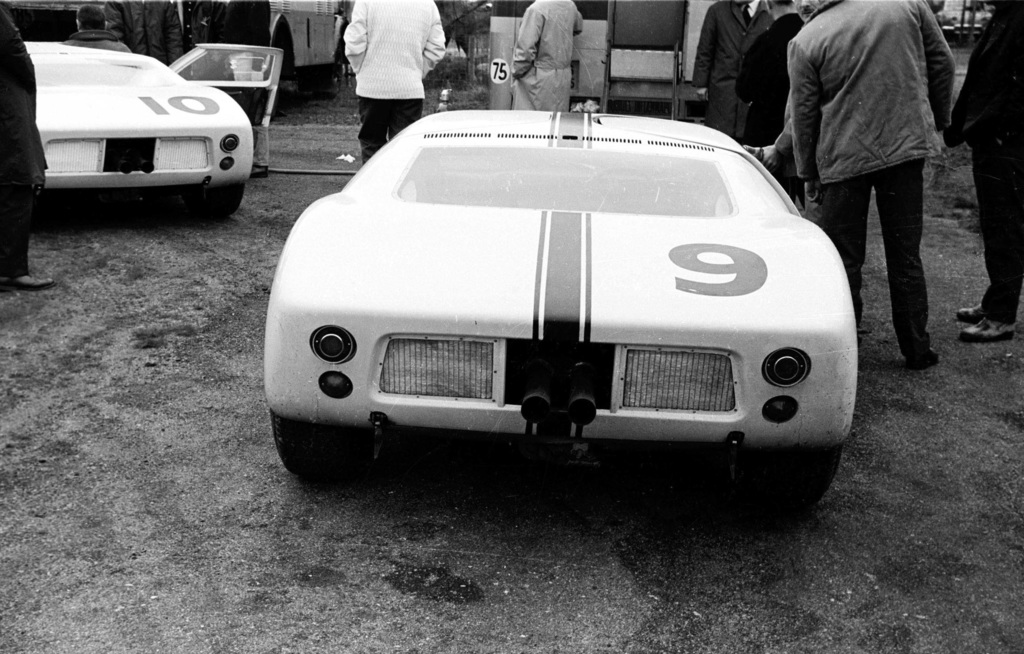
Ford GT in its original configuration, which was later changed.
CD#CC0828A12A203-46
In North America, Ford relied on new technology to assist in the development of the GT40. Most of the work carried out by Ford included aerodynamic testing using a scale model in the Maryland wind tunnel. Ford found heavy lift at high speeds and to revert this problem, an additional wing was fixed. It was mounted just below he nose of the car.
Ford also assisted Lola with computer-aided calculations. They were necessary to ensure the aerodynamics were proper under braking. Anti-diving suspension geometry was also setup using computer calculations.
In Detail
Race-proven engineering from Lola provided a basis for the Ford GT. It’s mid-ship layout was becoming normal practice for race cars but were still many years behind the Formula One cars that pioneered the trend.
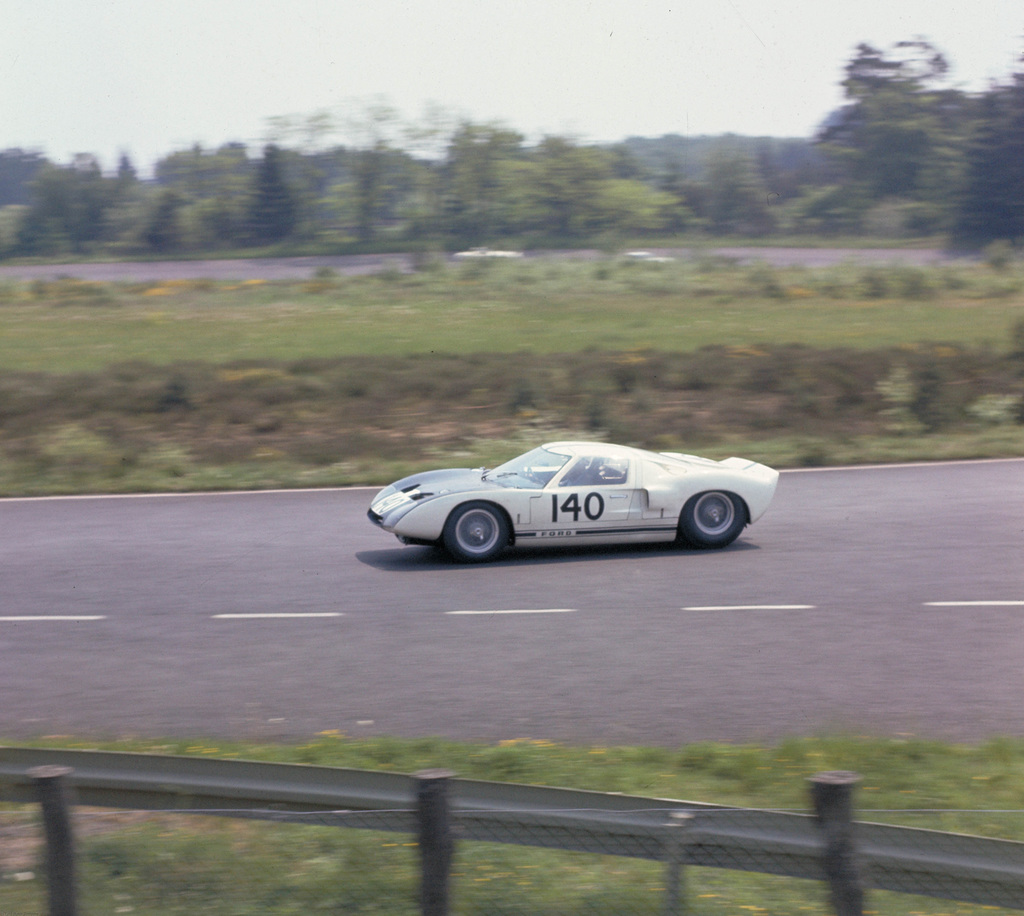
The chassis was made up of complicated pressed steel sections forming a single tub. Most of the rigidity came from twin pontoons which ran down the side of the car and contained the fuel cells. These chassis were manufactured by Abbey Panels of England as a completely steel product. Thus, the chassis accounted for much of the Ford GTs hefty weight.
Interior space of the Ford GT was well thought out. The seats were perforated with holes to provide ventilation to the driver. Additionally the inside of the seats received fresh air from a high-pressure area on the front of the car. This made the Ford GT40 one of the first racecars to have a conditioned seat. It was aspects like the seat and the adjustable pedals which increased driver stamina and made the GT40 more habitable.
Conclusion
As Ford was the first Detroit giant entering international prototype racing, the press was increasingly interested in the Ford GT project. Reports on the car Ford GT40 were published abundantly in automotive publications. The first car, chassis #GT101, was shown to the press at the 1964 New York Automobile Show. Later appearances at Le Mans, Nurburgring and Reims with addional cars increased Ford’s publicity.
It is not surprising that the GT40 did not take any remarkable victories in it’s first year. The entirely new car was up against competition that had developed prototype cars for decades. What the 1964 Ford GT did do is make a favorable impression on the racing industry and motoring press.
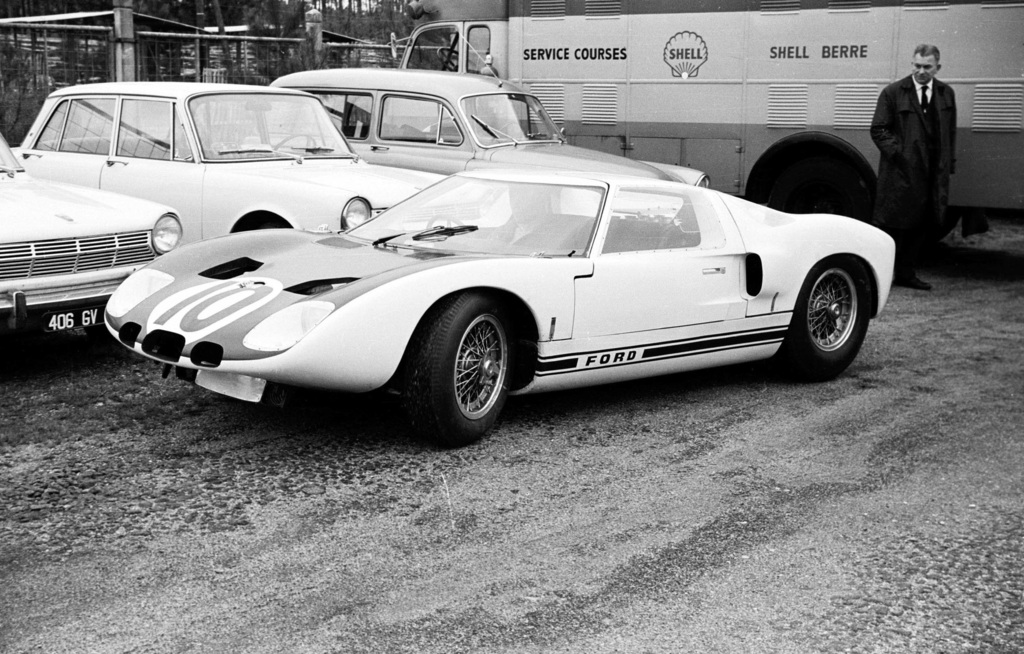
Ford GT in its original configuration, which was later changed.
CD#CC0828A12A203-47
Sources & Further Reading
Bolster, John. ‘ American Challenge’. Autosport Magazine, April 1964.
Jones, Gordon et. al. The FORD That Beat FERRARI: A Racing History of the GT40, Kimberley’s, London: 1985.
Ludvigsen, Karl E. The Inside Story of The Fastest Fords, Style Auto Editrice: 1970.
Phipps, David. ‘ Ford GT, An Aerodynamic Ferrari-Catcher’. Motor Racing Magazine, May 1964.
Pritchard, Anthony. Ford vs Ferrari: The Battle for LeMans, Zuma Matketing: 1984.
Shoen, Michael L. The Cobra-Ferrari Wars 1963-1965, CFW: 1988.
Spain, Ronnie. GT40, An Individual History and Race Record, Osprey Publishing: 1986.
1964 Ford GT40 Prototype Gallery
In Detail
| submitted by | Richard Owen |
| type | Racing Car |
| built at | England |
| engine | All Alumunum, 90 degree, Ford V8 w/Dry Sump |
| valvetrain | Pushrod-Actuated, 2 OHV per Cyl |
| fuel feed | 4 Dual-Choke Weber 48mm Carburetors |
| displacement | 4184 cc / 255.3 in³ |
| bore | 95.5 mm / 3.76 in |
| stroke | 72.9 mm / 2.87 in |
| compression | 12.5:1 |
| power | 268.5 kw / 350 bhp @ 7200 rpm |
| specific output | 83.65 bhp per litre |
| bhp/weight | 406.03 bhp per tonne |
| torque | 393.19 nm / 290 ft lbs @ 5600 rpm |
| redline | -1000 |
| body / frame | Fibreglass over Sheet Steel Semi-Monocoque |
| driven wheels | RWD w/LSD |
| front tires | Dunlop 550.-15 |
| rear tires | Dunlop 7.25-15 |
| front brakes | Unassisted Girling Discs |
| rear brakes | Unassisted Girling Discs |
| front wheels | F 381.0 x 165.1 cm / 15 x 65.0 in |
| rear wheels | R 381.0 x 203.2 cm / 15 x 8 in |
| steering | Rack & Pinion |
| f suspension | Double Wishbones w/Adjustable Armstrong Dampers, Coil Springs |
| r suspension | Trailing Amrs w/Reversed Lower Wishbones, Adjustable Armstrong Dampers, Coil Springs |
| curb weight | 862 kg / 1900 lbs |
| wheelbase | 2413 mm / 95.0 in |
| front track | 1372 mm / 54 in |
| rear track | 1372 mm / 54.0 in |
| length | 4028 mm / 158.6 in |
| width | 1778 mm / 70 in |
| height | 1016 mm / 40 in |
| transmission | Type 37 Colotti Gearbox |
| gear ratios | 2.50:1, 1.70:1, 1.29:1, 1.00:1 |
Auction Sales History
1965 Ford GT40 Prototype Roadster GT/108 – sold for $6,930,000. The first of six GT40 Roadsters built. The eighth of only twelve GT40 prototypes. The only GT40 Roadster to have continually survived in its original form. Built for Shelby American as a test and development vehicle. Driven by Ken Miles, Carroll Shelby, Jim Clark, and other legends. Carefully documented by GT40 historian Ronnie Spain. A 2003 Pebble Beach Concours d’Elegance award winner. Single prominent ownership for over two decades. Simply put, one of the finest, most original, and certainly the rarest examples of the Ford GT40 in existence. Auction Source: 2014 Monterey by RM Auctions
1964 Ford GT40 Prototype GT/104 – sold for $4,950,000. The Fourth GT40 Prototype and the First to Receive a Lightweight Chassis. A Ford Motor Company 1964 Le Mans Debut Entry. One of Two to Podium in the GT40’s First Completed Race, Resulting in a Third Overall at the 1965 Daytona Continental. Driven by Hill, McLaren, Bondurant, Miles, Schlesser, Ginther, Attwood, Amon and Other Works Drivers. The Second-Oldest Surviving GT40. Recent Recipient of an Exacting Restoration by Paul Lanzante. A Well-Documented Example Offering an Unbroken Ownership Chain. Auction Source: 2012 Pebble Beach Auctions by Gooding & Company




